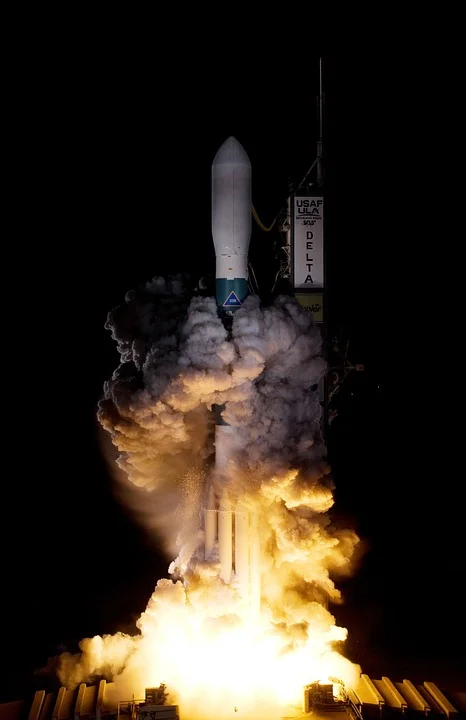360° Financial Trend Detection
360° Financial Trend Detection
Okay, folks, buckle up, because we're about to talk about something seriously important, something that hits close to home for all of us: rising sea levels. You might have heard about the launch of Sentinel-6B, the new satellite tasked with monitoring our oceans, and maybe you thought, "Another satellite, so what?" But trust me, this is different. This isn't just about collecting data; it's about giving us the eyes we need to see the future and, crucially, the time to do something about it.
The launch itself was a spectacle, of course. A Falcon 9 piercing the night sky from Vandenberg, the California coastline shimmering below. I can almost smell the mix of salt air and rocket fuel just thinking about it. But what really gets me is what this satellite represents. It's a billion-dollar collaboration, a testament to what we can achieve when nations come together to tackle a global challenge. NASA, the European Space Agency, NOAA—they're all in on this, pooling their resources and expertise. It's like the Avengers, but for climate change! And the mission is vital: to measure sea levels with incredible precision, down to roughly an inch, across 90% of the world's oceans.
Now, I know what some of you might be thinking: "We've been measuring sea levels for decades. What's so special about this?" And that's a fair question. The answer lies in the continuity and accuracy of the data. Sentinel-6B isn't just a one-off mission; it's part of a long-term effort, building on the work of its predecessor, Sentinel-6 Michael Freilich (launched back in 2020), and the missions that came before. This long-term perspective is crucial because it allows us to identify trends, to distinguish between natural fluctuations and the more alarming signs of climate change. And with its advanced radar technology, Sentinel-6B can peer through clouds, giving us a clear view of the ocean surface even in bad weather.
Karen St. Germain, NASA’s director of Earth science, said it best: this information "underpins navigation, search and rescue and industries like commercial fishing and shipping, and these measurements form the basis for us, flood predictions for coastal infrastructure, real estate, energy storage, sites and other assets along our shoreline.” But it's more than that, isn't it? It’s about protecting our communities, our economies, our way of life. It’s about giving us the information we need to make informed decisions, to adapt to the changes that are already underway, and to mitigate the impacts of climate change in the years to come.
Think of it like this: imagine you're a doctor, and your patient is the planet. You wouldn't just take one measurement of their vital signs and call it a day, right? You'd want to track their health over time, to see how they're responding to treatment, to identify any potential problems before they become critical. Sentinel-6B is like that long-term monitoring system, giving us the data we need to diagnose the planet's condition and to develop effective treatment plans.

Of course, there's a catch. As one article subtly noted, in line with previous policies, mission officials have made no direct mention of climate change. It's like acknowledging a fever without naming the disease. Why the political tiptoeing? Is it fear of controversy, or something more? Whatever the reason, it's crucial that we, as informed citizens, fill in the gaps, connecting the dots between rising sea levels and the climate crisis.
But here's where I get really excited. This isn't just about doom and gloom. Sentinel-6B is a tool, a powerful tool that can help us build a more sustainable future. With accurate data on sea levels, we can improve our weather forecasting models, protect coastal infrastructure, and develop new technologies to adapt to a changing world. Imagine cities designed to withstand rising tides, renewable energy sources harnessing the power of the ocean, and sustainable fishing practices that protect marine ecosystems. That's the future Sentinel-6B can help us create.
And what about the ethical considerations? With this level of detail, we’re talking about the potential for very precise climate modeling. Who gets access to this information? How do we ensure it’s used responsibly, not to exploit vulnerable communities or exacerbate existing inequalities? These are tough questions, but we need to ask them.
This is the kind of breakthrough that reminds me why I got into this field in the first place.
So, what does this all mean? It means we have a new sentinel in the sky, watching over our oceans, giving us the data we need to navigate the challenges ahead. It means we have a chance to build a more sustainable future, a future where our coastal communities are protected, our economies are thriving, and our planet is healthy. The launch from Vandenberg was well-attended, with many spectators eager to witness the event. SpaceX plans rocket launch from Vandenberg. Where to see liftoff in California
Let's not waste it.